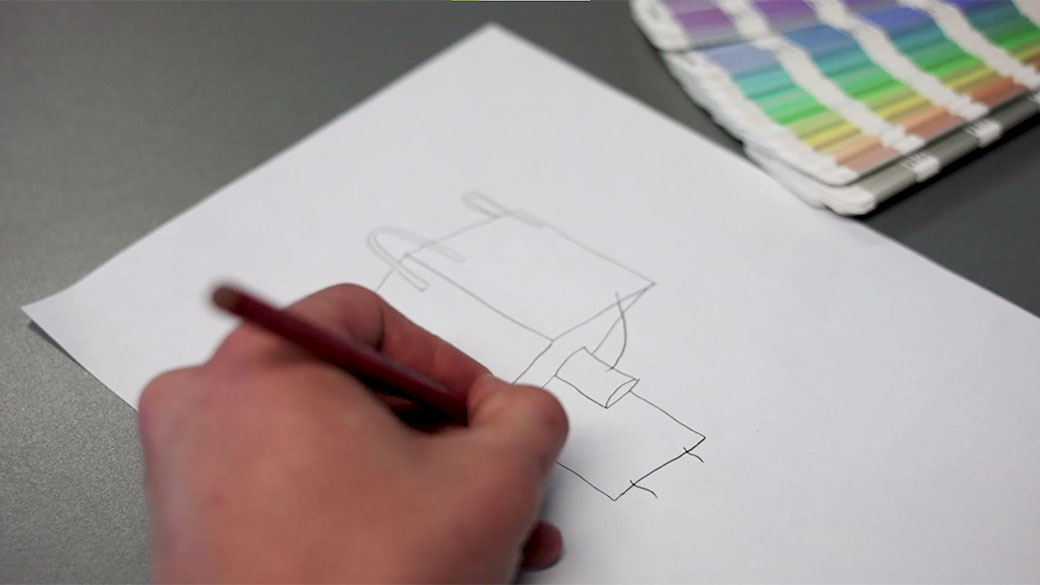Could the functionality of your bags be improved?
31 March 2020

Is the current size/dimensions of your bags correct?
A few centimeters can make all the difference with a bag.
To ensure your bulk bag is the optimal size/dimensions you need to consider the following:
- What is the cubic density of your product?
- How are the bags being stored?
- How are they being transported?
- What sized pallets are you transporting them on?
Consideration of the above points will help you work out the ideal bag size/dimensions for ease of storage, transportation, best use of container space (if your product goes into containers) etc.
What type and weight of fabric do you actually need?
Often overlooked is the material type and strength required for your requirements. We have found a lot of customers using an over specified or underspecified bags resulting in unnecessary extra cost or poor bag performance.
To ensure your bag has the correct material type and strength, consider the following points:
- What is the weight of the product going into the bag? – you may require a heavier or lighter duty fabric.
- Is your product combustible and therefore requires anti-static material to avoid combustion?
- Is a laminated material or an internal liner necessary to avoid product seepage and/or for moisture protection?
- Is the weave pattern in the material holding as form stable as you require?
- Are your lifting loops holding form for ease of use?
Bag Filling & Emptying
Filling
Filling bags can be a pain point if you haven’t got the correct bag top option for your product or bag filling system.
There are two common filling options to choose from:
1. a ‘spout top’ – which is usually sized to fit your bag filling head.
2. a ‘duffle/skirt top’ – this is more of a general top option as it gives scope for a wider range of filling methods.
Ask yourself:
- Is your current bag filling system working as well as it could be?
- Do I have the best filling equipment for my requirements?
- Do my current bags have the correct top construction for your bag filling system?
Emptying
Is it safe and easy for the end-user to empty your bags?
There are multiple options when it comes to bag emptying systems but its a question of what works best for the person who has to empty your bags.
Some points to consider include:
- Are your workers or customers at any risk when emptying your bags?
- Do you need a discharge spout on the bottom of your bags? If so, what size does it need to be to allow your product to flow easy?
- Are the bags being re-used?
- Could the Smart Release option be best for you?
With health & safety and ease of use in mind, having a safer, smarter and easier to use bag emptying system on your bags could result in an increased demand for your products from your customers.
Think about the end-user, make it easy and make it safe.
Not to be overlooked….
• Do your bags need to be multi-trip (re-usable) or single-trip (one use)?
• Do you need a plastic liner in your bag (particularly for food-grade products, or a product with a high moisture content)?
• Is your product very fine and would, therefore, benefit from having an anti-sift filler cord sewn into the bags seems to stop product seepage?
• Are your lifting loops user friendly – for both the end-user and you?
• Do you require food grade certified bags? – Maybe you think and have been told your current bags are food grade when actually they aren’t. This happens all too often.
• Do the bags need to handle high temperatures without failing?
The team at Smart Pack has a wealth of knowledge about the in’s and outs of bulk bags and packaging in general – in fact, we live and breathe it! So, if you’re looking to reassess your packaging requirements, feel free to contact us and tap into this knowledge because we’re here to help provide packing solutions that are “fit for purpose” for you!
